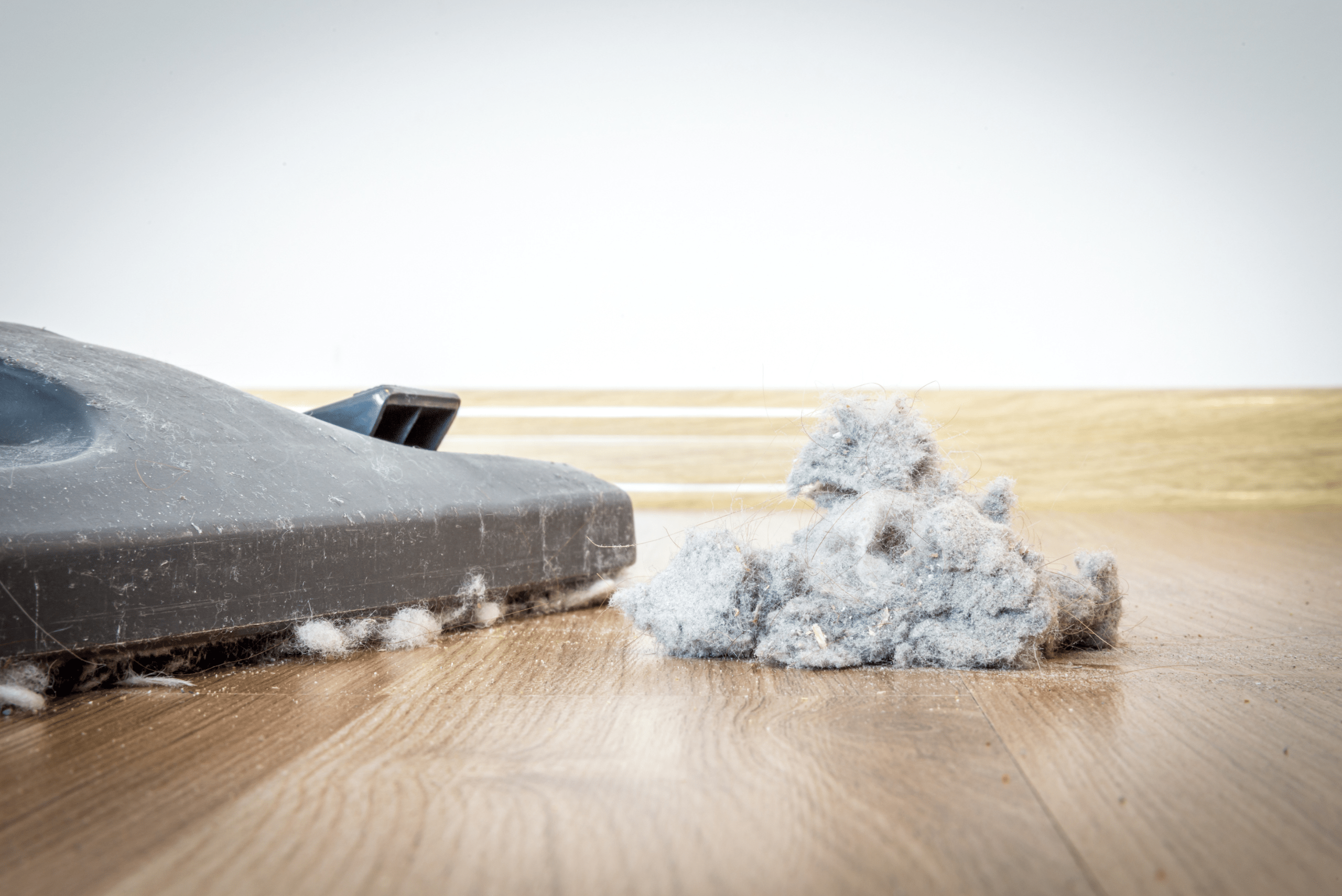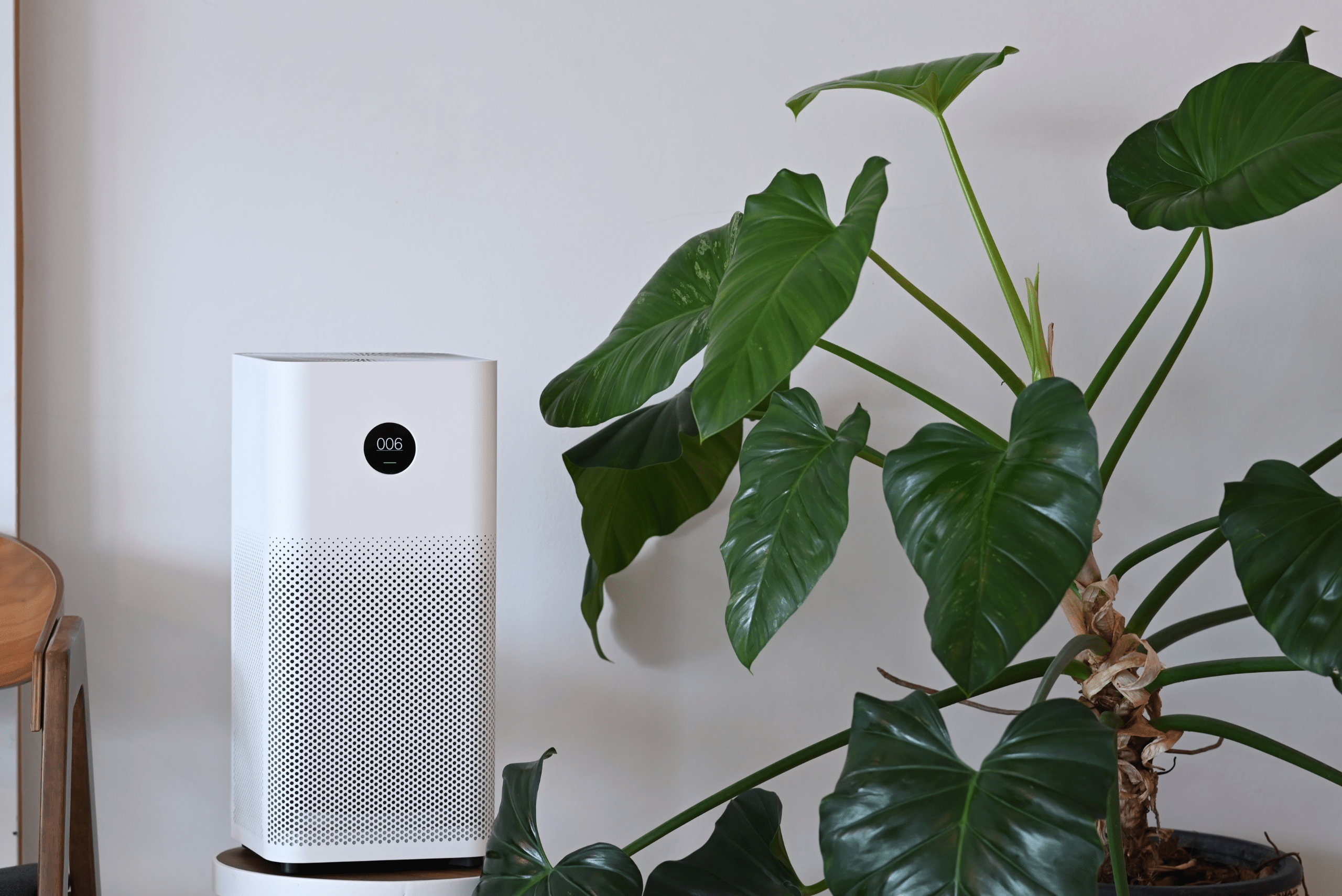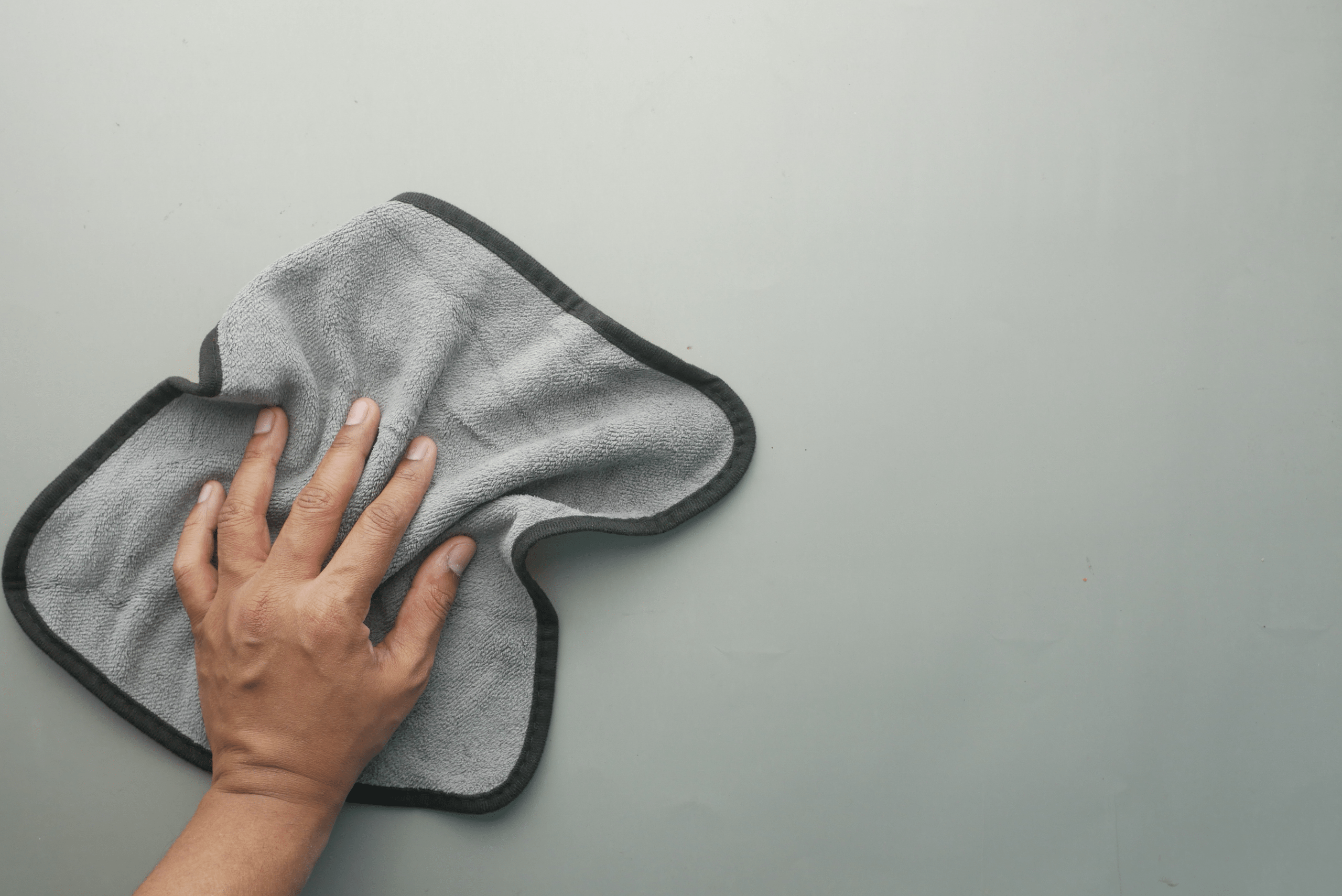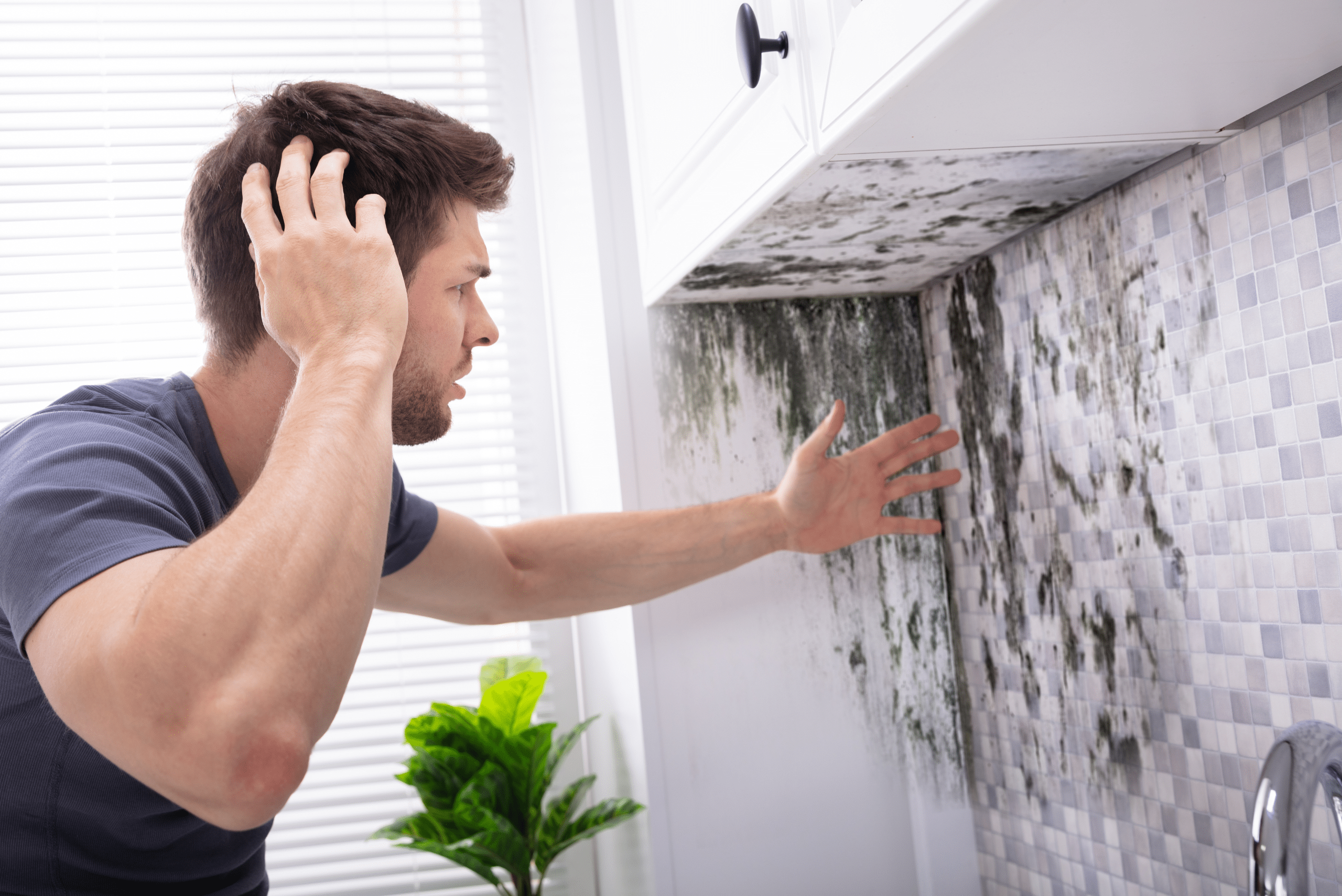Do This For An Allergy-Free Home
For many people, home should be a sanctuary—a place to relax and recharge. However, if you or your family members suffer from allergies, your home could be a hidden source of discomfort. Dust, pet dander, pollen, and other allergens can accumulate, triggering symptoms and affecting your quality of life. Fortunately, there are practical steps you can take to make your home allergy-free. This article explores key strategies for reducing allergens and maintaining a healthier indoor environment.
1. Keep Floors Clean and Allergen-Free
Carpets, rugs, and floors can trap allergens, making them a common source of irritation. Vacuuming regularly with a vacuum cleaner equipped with a HEPA filter can significantly reduce allergens embedded in carpets and upholstery.
If possible, replace wall-to-wall carpeting with hard flooring options like wood, tile, or laminate, which are easier to clean and less likely to harbor allergens. For an added layer of protection, use washable area rugs and launder them frequently.

2. Improve Indoor Air Quality
The quality of your indoor air is a major factor in managing allergies. Installing an air purifier with a HEPA filter can capture airborne allergens such as dust mites, pollen, and pet dander.
Additionally, regularly replacing your HVAC system’s filters ensures that your heating and cooling systems aren’t circulating allergens throughout your home. Consider opting for high-efficiency filters designed to trap smaller particles. Keeping windows closed during high pollen seasons and using a dehumidifier can also help control moisture levels, reducing mold growth and dust mite populations.

3. Reduce Dust Accumulation
Dust is a major allergen in most households, and reducing its accumulation can make a big difference. Use microfiber cloths to clean surfaces, as they are more effective at trapping dust than traditional dusters.
Decluttering your space can also help minimize dust buildup. Items like books, knick-knacks, and decorative objects collect dust over time, so aim to store them in closed cabinets or reduce their presence altogether. Don’t forget to dust less obvious areas, like ceiling fans, blinds, and baseboards, as these can also contribute to allergy symptoms.

4. Control Pet Allergens
Pets are beloved members of the family, but they can also contribute to allergies. Regular grooming and bathing of pets can help reduce the amount of dander they shed. Additionally, designate certain areas of your home as pet-free zones, such as bedrooms, to create allergy-safe spaces.
Wash pet bedding frequently and vacuum furniture and floors where pets spend time. If allergies persist, consider investing in hypoallergenic covers for your furniture and bedding to minimize exposure to pet allergens.

5. Prevent Mold Growth
Mold thrives in damp, humid environments and is a common trigger for allergies. To prevent mold growth, ensure proper ventilation in areas like bathrooms and kitchens. Use exhaust fans or open windows to reduce moisture buildup.
Fix any leaks promptly and clean mold-prone areas, such as shower curtains and grout, with mold-killing solutions. Dehumidifiers can also help maintain indoor humidity levels below 50%, which is ideal for minimizing mold growth.

Related Articles
- How to Seal Drafty Windows and Doors Before the Chill Sets In
- Why Some Experts Say You Shouldn’t Keep All Your Windows Closed This Winter
- This DIY Hack Will Keep Your Windows Condensation-Free
Creating an allergy-free home is achievable with consistent effort and attention to detail. By improving indoor air quality, keeping floors and surfaces clean, managing pet allergens, and preventing mold growth, you can significantly reduce allergens and improve your family’s comfort. These simple yet effective steps will help transform your home into a safe and healthy haven, allowing everyone to breathe easier and enjoy life to the fullest.
Ready to start your next project? Join our DIY community to receive tool tips, how-to guides, and exclusive creative insights. Subscribe to the ManMadeDIY newsletter now! Click here to unlock a world of hands-on inspiration.









